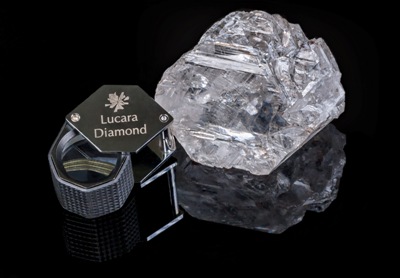The official blog of the Ontario Society of Professional Engineers.
The Ring of Fire refers to a 5,000 km2 area in the James Bay Lowlands (550 km north of Thunder Bay) considered to be one of the largest potential mineral reserves in Ontario. Containing chromite, nickel, copper, zinc, and gold, the Ontario Chamber of Commerce estimates that this region in the James Bay Lowlands could generate $25 billion in economic activity, creating thousands of new jobs across the province for 30 years.
Did You Know?
The Ring of Fire has been called a “once-in-a generation economic opportunity” and the “most promising mineral development opportunity in Ontario since the discovery of the Sudbury Basin in 1883 and the Timmins gold camp in 1909.
























